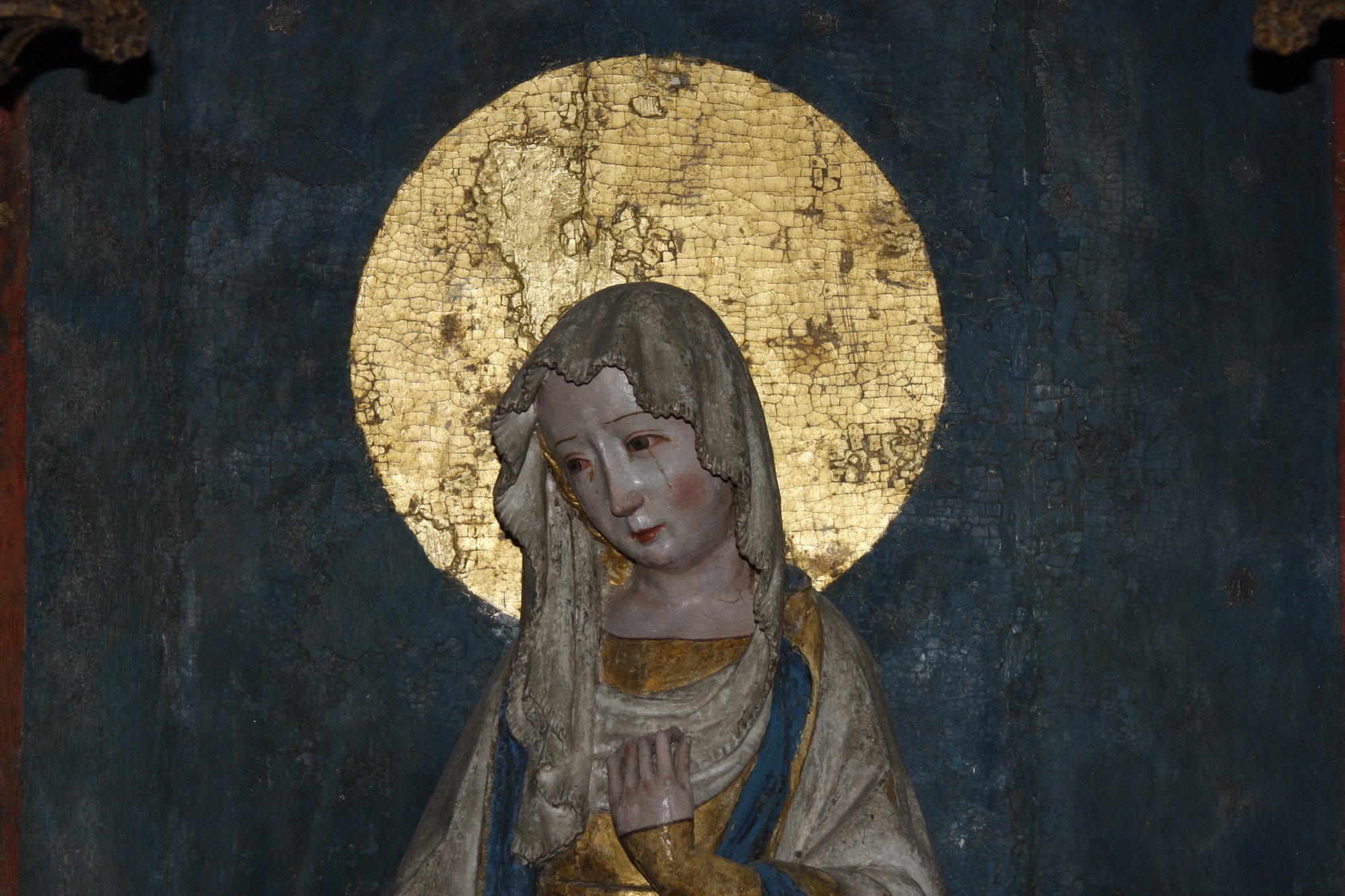The abbey ownerships were eventually arranged into large administrative areas, so called foreman districts. In Askeby the land was divided into seven administrative districts. They were; Svinstad, Sviestad, Styrstad, Värö, Magnehult, and Nedhammar. The conditions for trade and industry varied between the Cistercian foreman districts. Agriculture was of course the most important source of livelihood, but there were also other trades that directly or indirectly could affect the abbeys’ economy.
Agriculture
The abbey living standard is often evaluated from an agrarian-economical point of view, based on possession of land. And naturally this production was vital for life in the abbeys. There was no shortage of land in Sweden, thus the land reform was carried through late. The church, the crown, and noble families owned all land during the Middle Ages, the peasants’ conditions and rights were guaranteed through provincial laws. It is difficult to give a more exact picture of the Askeby abbey ownership. We have several names of homesteads, which the abbey supposedly have owned and we can assume that the abbesses wanted to concentrate the possessions of property to the administrative districts, by exchanging, buying, or selling homesteads. Andreas Lindblom has found 78 abbey courtyards, a rather modest amount compared to Vadstena abbey that had around 700. Catharina Andersson’s analyze of the concept of gifts in her thesis of “Abbeys and Aristocracy” is interesting, because there is a discussion about the abbey ownership based upon the concepts of justice in the regulations of 1789. Gifts were during the Middle Ages not a finished isolated case. To begin with, they helped organizing “relationships between people, but became later to be of greater religious significance.” The gifts were not of unconditional delivery, which was proven by several examples. Take for example Bo Jonsson’s gifts of a number of homesteads, with the conditions that a church and an abbey were to be built in a style set forth of him. And we can see the same matters in how Margareta Haraldsdotter, a very energetic abbess, acted in 1416.
Trade
Östanstång had its own deanery since 1350, and in the eastern areas, trade and shipping had for centuries been of both political and economical significance, in various ways. During the 15th century, Söderköping was situated here, one of the nation’s most important commercial towns, Norrköping was growing, Stegeborg was fortified, etc. Trade was of great significance. There are no statistics of export, but in 1474-76 several ships from Söderköping arrived to Danzig with a total of 124 horses, 7 barrels of butter, leather, meat, a load of hides, and some Osmund iron. Salt was naturally a big import, but also broadcloth and hops, linen, etc. The source material is very poor, but the trade may have been of some importance to the abbey, since we have a few notes about Askeby and Skänninge receiving money from Stegeborg, possibly because the abbeys functioned as a sort of guest houses.
Fishing
Fishing was another important trade. Askeby had fishing rights in e.g. Norrköping for fishing salmon in Motala River, and for fishing bream in Boda Lake. But this was not all. The abbey lay in a water area, and even until the 17th century the fishing opportunities were valued and examined in the innermost parts of Östergötland.
Mills
Watermills are considered to have become popular during the wealthy growth conditions during the 13th century, but are also considered to be a result of the abolishment of thralldom after having divided the large estates into villages and homesteads. The mills were regarded as an important innovation, which is implied in the documents of ownership and administration. We cannot clearly evaluate the mill types, and not exactly specify how many Askeby owned, but we can estimate there were between five and seven mills. The two mills in Norrköping were probably the most valuable.
The Roads
Characteristic about Östergötland’s network of roads, are the old prehistoric roads going north-south and east-west. They connect in many places to graveyards, clearly visible on many road sections. The road going east-west went from Vikbolandet to Linköping and Skänninge. Hence it passed by Askeby.
We are mainly concerned about the network of roads from the Viking Age and early Middle Age, which came to be of great importance for Askeby. The new road became a quick, straight road, disregarding the settlement – instead the villages had to connect to it. Everything points at these decisions were taken at a centralized level, governed by the central power and the church, as faster connections were needed.
How fast did one travel? There is proof of how quick the messengers could travel. One example is bishop Hemming Gad’s rider. The bishop was in Söderköping on January 29th in 1519, and writes in a letter that he after 9 pm received information about his archdeacon’s death in Linköping at 1 pm the same day. Thus, the messenger rode this distance in less than 8 hours. But when transporting goods, the time scales were of course completely different.
Even though many women knew how to ride a horse, most of them were afraid to use the road without guardianship. They, as well as many of the noble men, preferred to travel during winter in a sled or during summer in a boat.
The common traveller had to hope for a safe journey and rely upon people’s hospitality. The Cistercian abbeys were playing an important roll in receiving each guest as if he were Jesus Christ. The king and his men had right to guest at the peasantry, and could also use king’s courtyards and abbeys, the bishops had a right to guest at parsonages and abbeys. For peasants, and indirectly also for the abbeys, it was more difficult with other noble men travelling in herds on the roads.
SH
